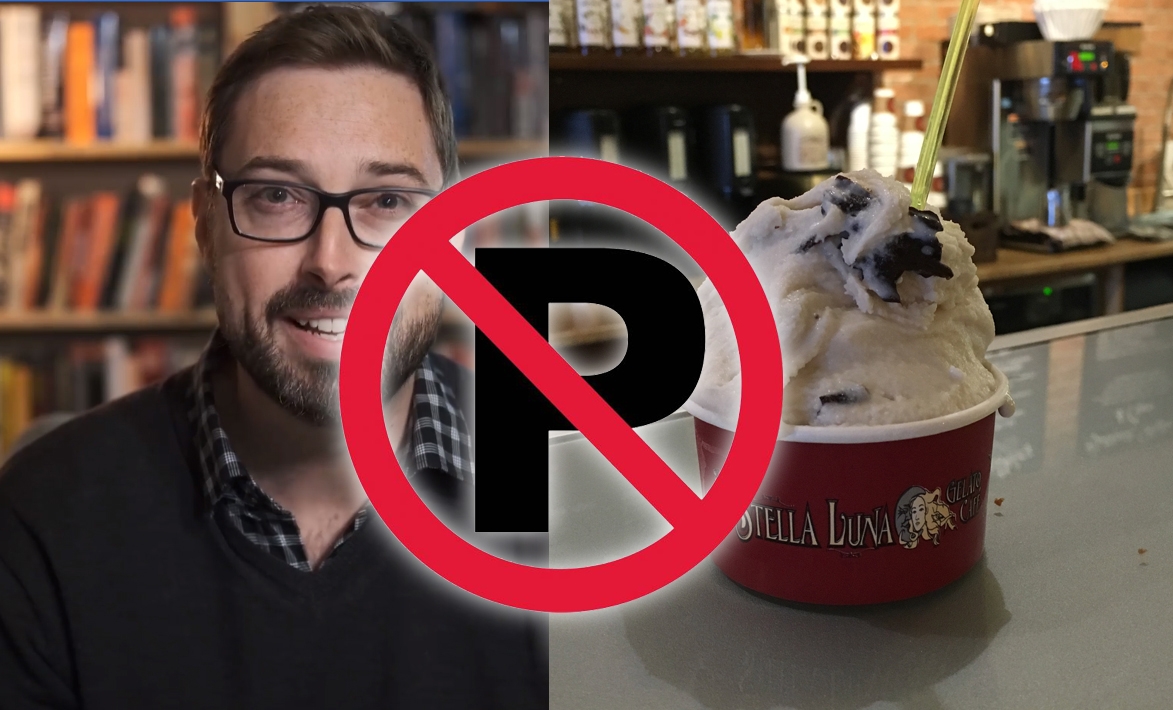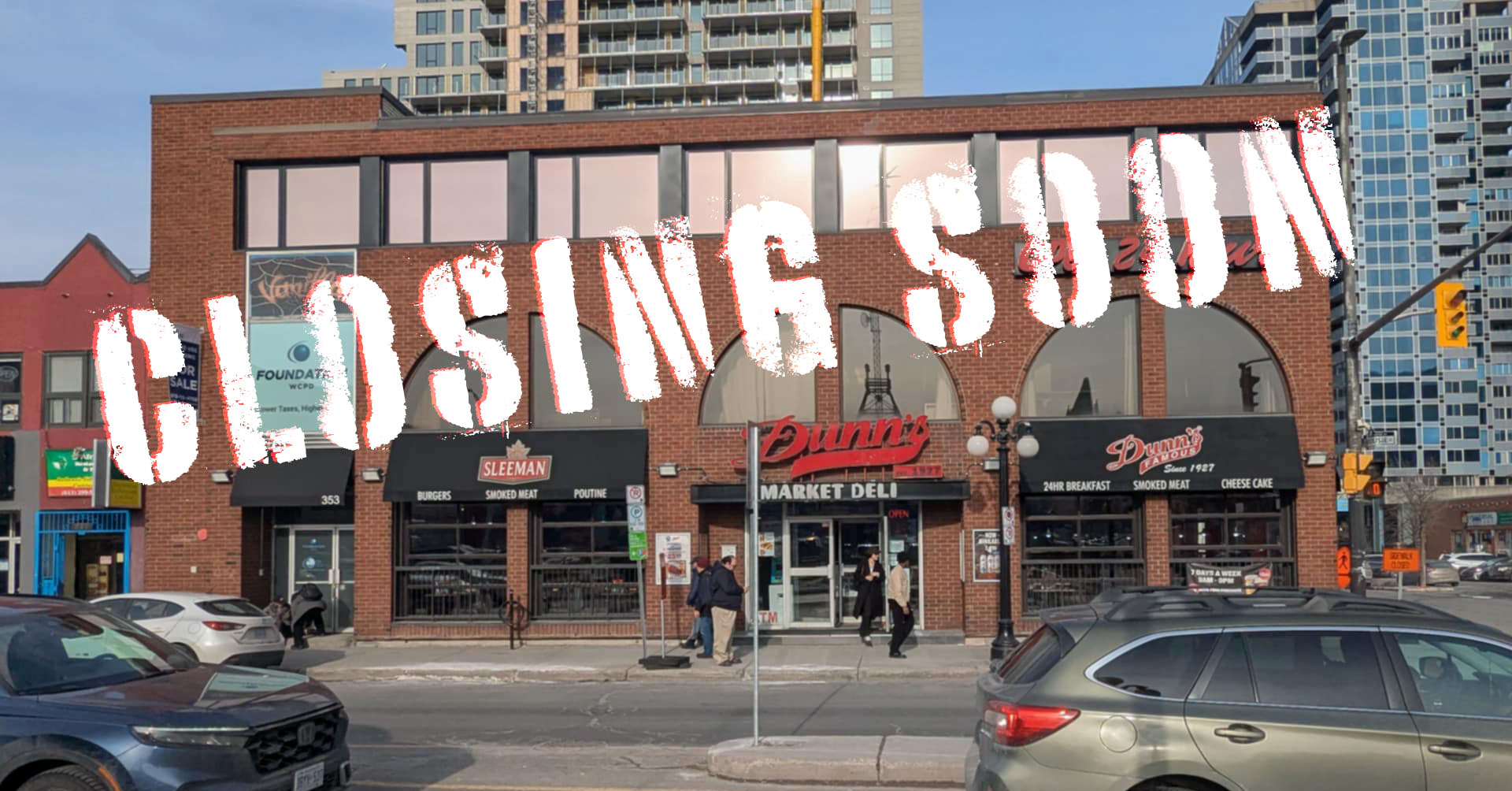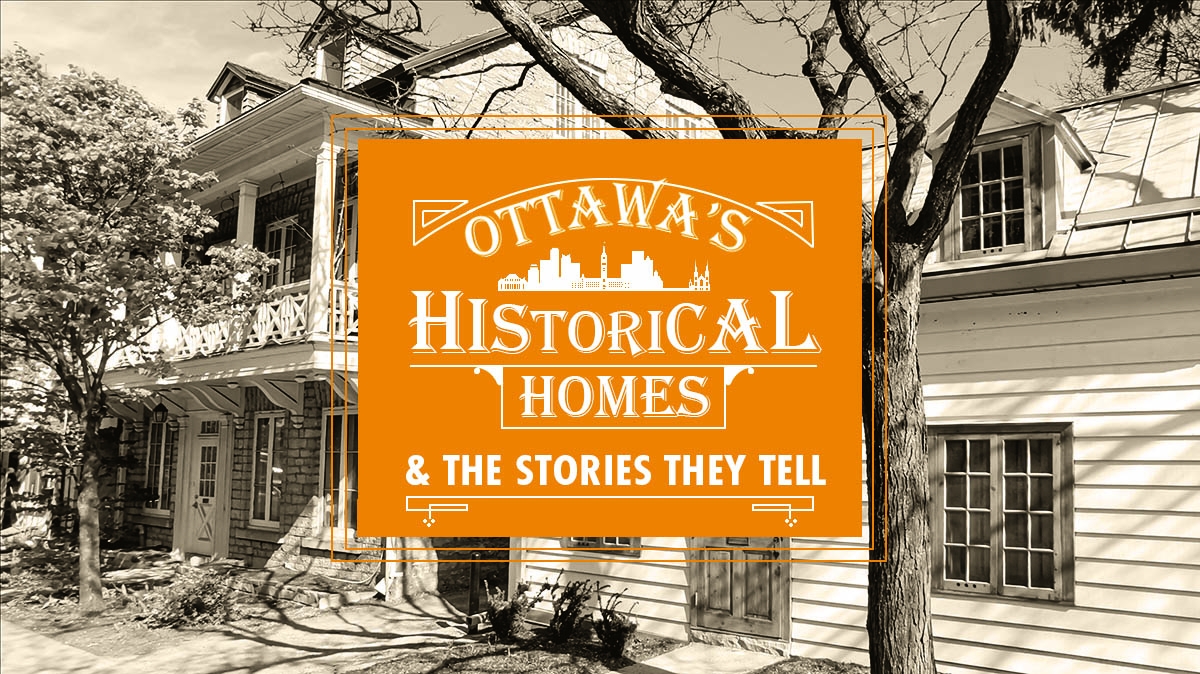
A Master Carver and a Doctor Share a Lowertown Street
Back in the 1860s, when Bytown was being transformed into a national capital, our little rough-and-tumble lumber town was home to 7,000 residents, two sawmills, two lumber merchants, one doctor, one theatre, plank sidewalks, muddy streets, 34 taverns, and Notre-Dame Cathedral. Colonel By himself laid out the original grid for the market, with surrounding streets slowly appearing to accommodate businesses, soldiers, and labourers. Names like St. Patrick, Murray, Parent, and Guigues Streets reflect the original Irish and Francophone character. Across St. Patrick Street, immediately to the south of what is now a great basilica, are two houses that hint at the old town that once was.
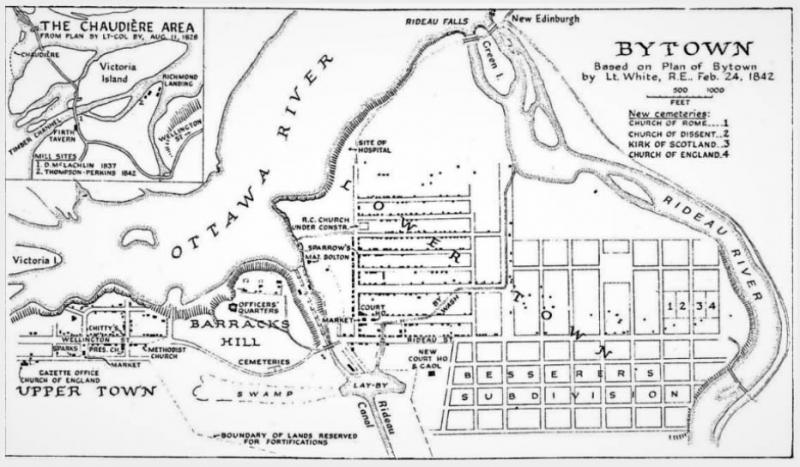
ABOVE: Commander of the Royal Engineer who built the Rideau Canal, Colonel By laid out the grid for Bytown.
Before Notre-Dame stood at the corner of St. Patrick and Sussex, there was a modest church named for St-Jacques. In 1845, Sister Elisabeth Bruyère brought four sisters of the Grey Nuns of Montreal to Bytown, where they settled into a small timber house that was likely built by a local workman around 1832. Once the sisters moved into a new stone, four-storey motherhouse that still stands at the corner of present-day Bruyère Street and Sussex, a master carpenter by the name of Flavien Rochon made their humble dwelling at 138 St. Patrick Street his home. He would have lived across from and worked on what is without question the most significant pre-Confederation building in Ottawa.
Rochon’s artistry as a carpenter and a carver can still be seen in the elaborate stalls and sanctuary of Notre-Dame, as well as in the ornate woodwork in the Library of Parliament. The little house at 138 remained in his family for 90 years until it was purchased for preservation by the NCC in 1965.
Rochon’s neighbour immediately to the east at 142 St. Patrick was Dr. François-Xavier Valade, one of our city’s first physicians whose two-and-a-half-storey combination house and medical office was built in 1866. The blending of British and French-Canadian architectural traditions, plus the transition from timber to variegated stone, situates the Valade residence in contrast to the simple worker’s house next door from an earlier generation of building in Lowertown. Valade’s home exemplified growing prosperity and rise of a professional class as Confederation approached.
The Valade house’s centre-hall plan speaks to the formality and original function of the building. Its elegant balance and rich contrast of materials were the result of a growing design and building trade supported by craftsmen whose skills were honed and advancing. The house was known as Le Balcon Blanc because of the distinctive cantilevered white balcony that hearkened back to French-Canadian roots in Normandy. It was a design feature that was rarely used in the Ottawa area, and even more rarely to have been maintained, early in the twentieth century, albeit by a more classically-inspired design upgrade.
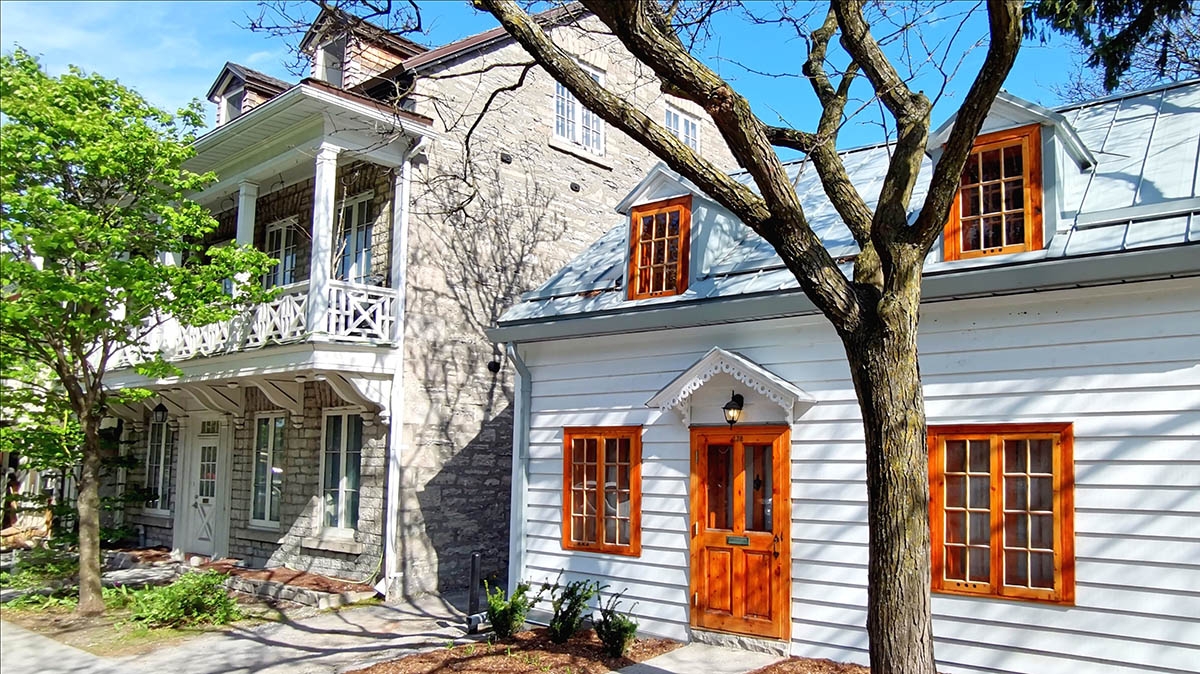
ABOVE: One of Ottawa’s first physicians, Dr. François-Xavier Valade, lived at 142 St. Patrick. His neighbour, master carpenter Flavien Rochon’s humble home still stands at 138 St. Patrick Street.
Dr. Valade’s residence originally shared a covered passageway with his neighbour Rochon. It provided sheltered access to the backyards of both lots, handy considering how typically shallow front yards were before suburbs sprawled. Incidentally, Dr. Valade was assigned by Sir John A to examine Louis Riel prior to his trial in Regina in 1885.
Photos: Courtesy Michael Bussiere

